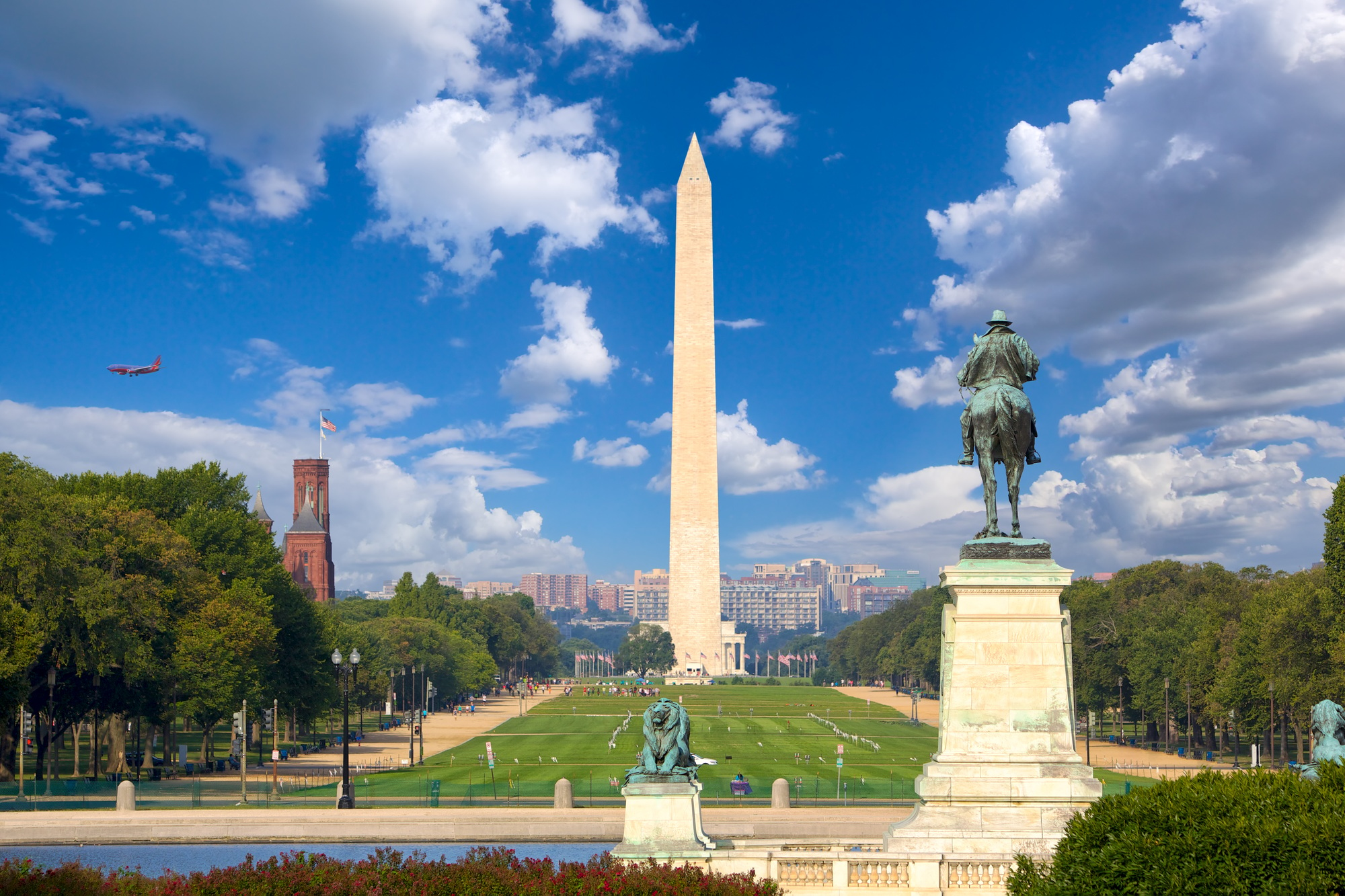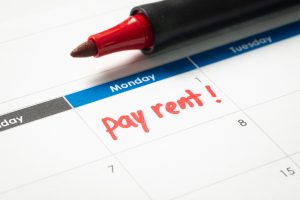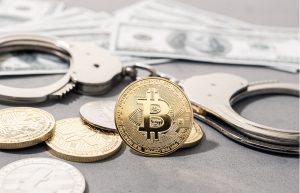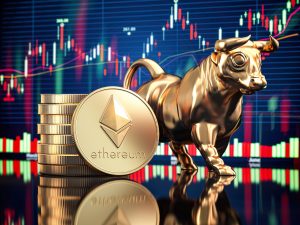Today saw a significant gathering in Washington D.C. as crowds assembled along the streets to witness the highly anticipated military parade initiated by former President Donald Trump. The event attracted a large number of onlookers and supporters, eager to see the display of military strength and national pride.
Recent weeks have seen a flurry of activity surrounding military displays and political protests, reflecting ongoing debates about patriotism and government expenditure. The parade itself has been a focal point in discussions about national identity and military symbolism, with supporters arguing it showcases strength, while critics question its cost and political motives.
The parade, organized by Trump’s supporters, featured military displays, marching units, and patriotic ceremonies, drawing sizable crowds both from within the city and visitors from across the country. The event was marked by festive atmospheres and expressions of national pride, but also drew protests and counter-demonstrations.
Meanwhile, nationwide protests dubbed ‘No Kings’ unfolded, with demonstrators rallying in multiple cities to oppose perceived authoritarian tendencies and the glorification of monarchy-like leadership styles. These protests emphasize a call for democratic values and resistance against perceived autocratic trends in American politics.
Local authorities prepared for both the parade and the protests, implementing security measures to ensure safety amid the large crowds and potential unrest. The event’s timing and scale have sparked discussions about the role of political rallies and military displays in American society and their impact on public discourse.
Political analysts and commentators have weighed in on the significance of these events, noting that they reflect deep divisions within the country. The parade symbolizes a segment of the population’s desire to celebrate military strength and nationalism, while the protests highlight ongoing concerns about authoritarianism and democratic integrity.
Looking ahead, the focus will remain on how these demonstrations influence public opinion and political discourse. Future events, including upcoming elections and policy debates, are expected to be shaped by the sentiments expressed today.
What was the main purpose of today’s event in Washington D.C.?
The parade was meant to showcase military strength and promote patriotic pride among supporters of Donald Trump.
Why did the ‘No Kings’ protests spread nationwide?
The protests are a response to concerns about authoritarian tendencies and a desire to defend democratic values across the country.
What should observers watch for next?
Future political rallies, policy shifts, and the impact of protests on national discourse are key areas to watch in the coming weeks.








